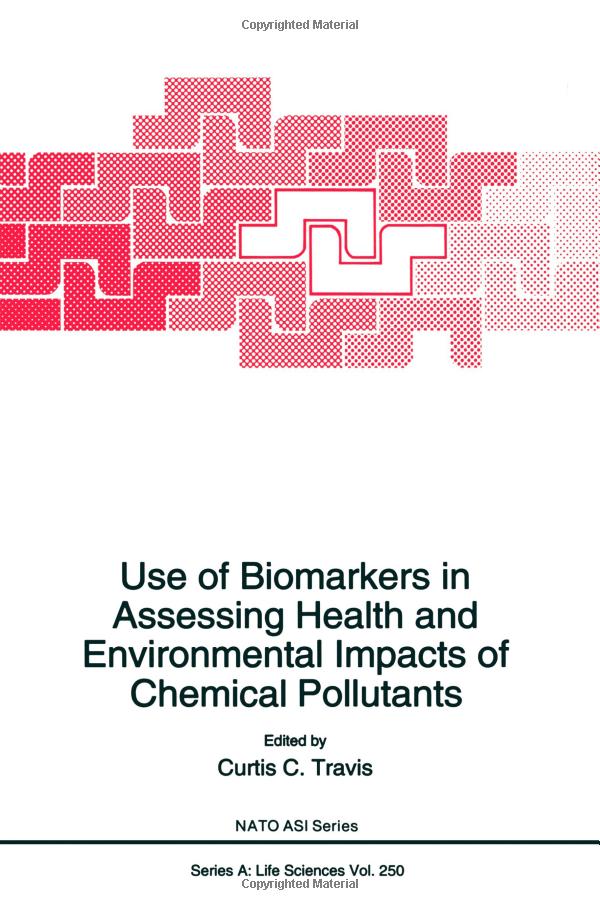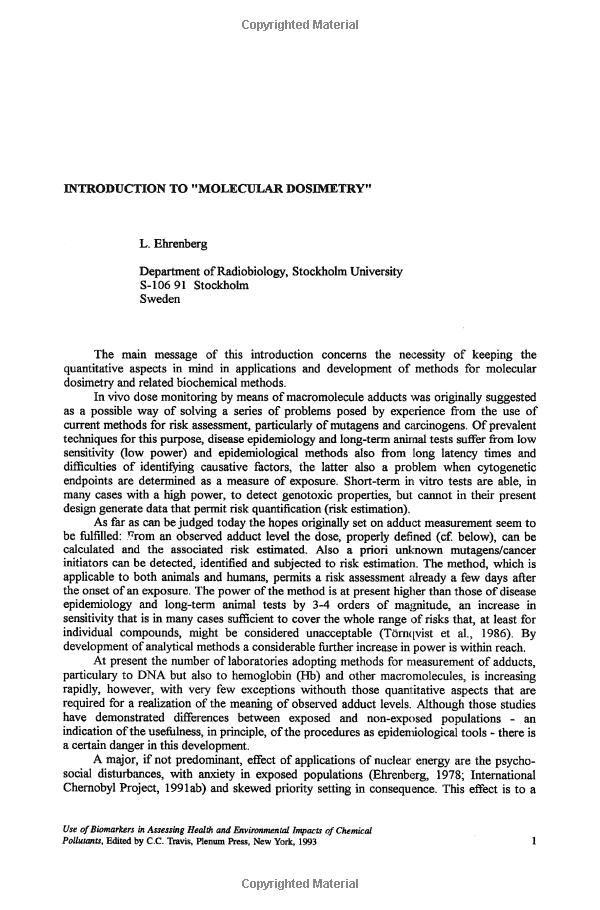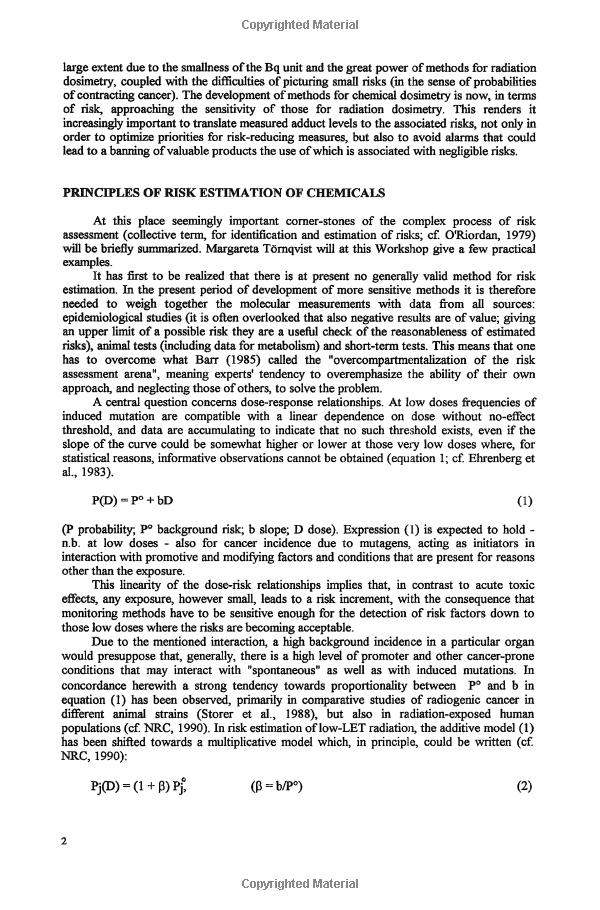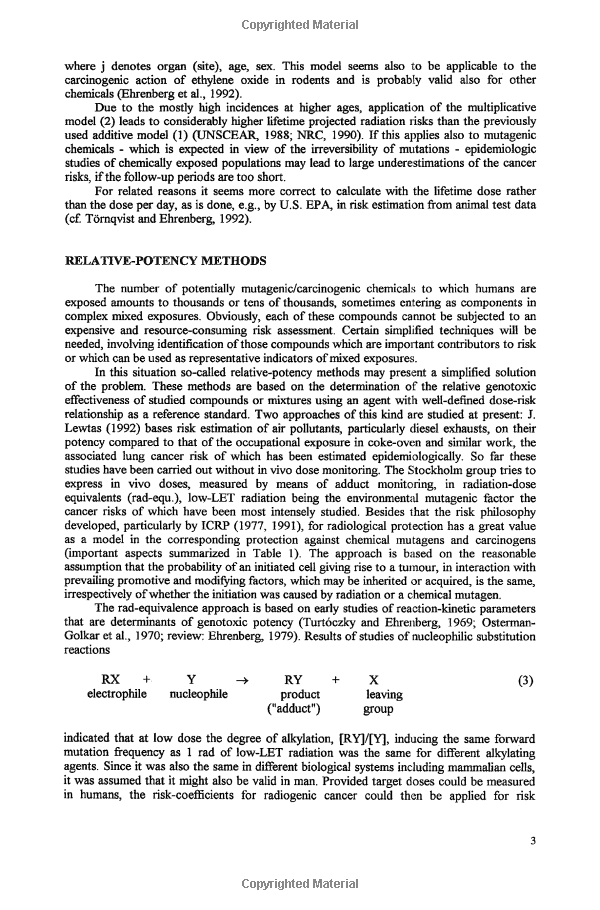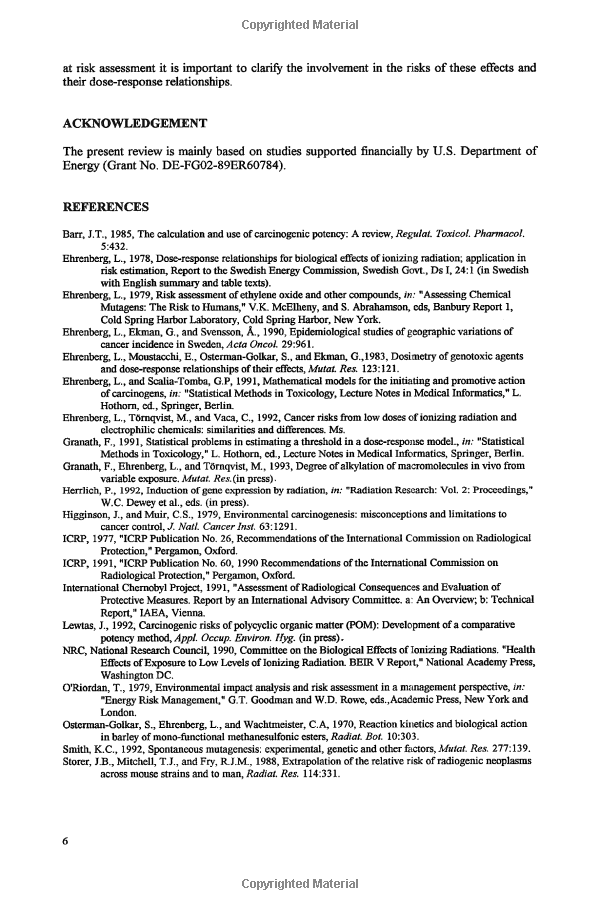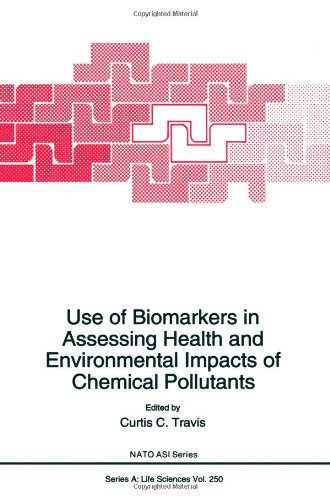
Use of Biomarkers in Assessing Health and Environmental Impacts of Chemical Pollutants
毒理学售 价:
¥
1326.00
出 版 社
出版时间
2013年11月15日
装 帧
平装
页 码
286
语 种
英语
综合评分
暂无评分
- 图书详情
- 目次
- 买家须知
- 书评(0)
- 权威书评(0)
图书简介
Biological markers (biomarkers) are useful tools for understanding the nature and extent of human exposure and risk from environmental toxicants. Biomarkers are classified into three basic categories: exposure, effect, or susceptibility. A marker of exposure is the product of the interaction between a target cell or molecule and a foreign substance (NAS, 1989). These markers can be used to determine the biologically effective dose necessary to elicit a particular physiological change in an organism. A marker of effect is a biochemical or physiological change in an organism that can predict the onset of adverse health effects resulting from a given exposure. Lastly, markers of susceptibility act as indicators of an inherent or acquired tendency of an organism to experience an adverse health effect (NAS, 1989). These markers are already used to detect a variety of diseases and show great promise for developing a better understanding of the mechanicisms of disease. Additionally, biomarkers can be used to establish a more rational basis for quantitative risk extrapolation between species, as weIl as to obtain more precise estimates of the time of critical exposure. These markers can also prove helpful in identifying potentially damaging exposures before the onset of adverse health effects. Biomarkers serve as a valuable exposure assessment tool because they take into account exposure from all routes and integrate exposure from all sources. They have the potential to yield better risk estimates than current monitoring and modeling protocols. In lune 1992, Dr. Travis and Dr.
本书暂无推荐
本书暂无推荐












